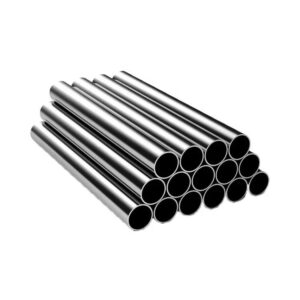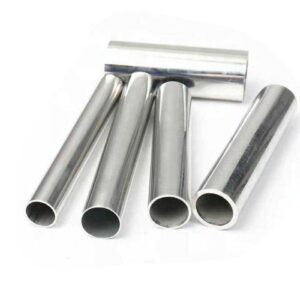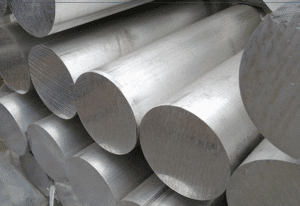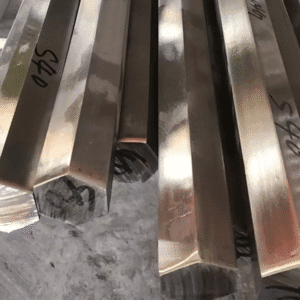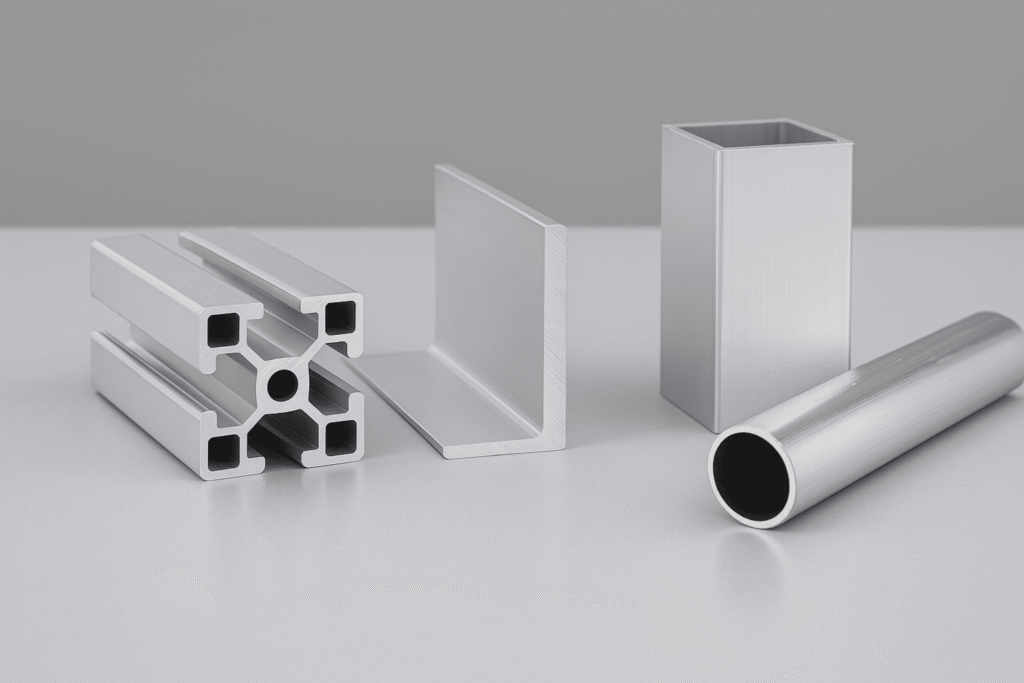Table of Contents
- What Is an Aluminum Profile?
- Common Applications of Aluminum Profiles
- Popular Types of Aluminum Profiles
- How to Cut Aluminum Profile – Step-by-Step
- Best Tools for Cutting Aluminum Profiles
- Pro Tips for Cleaner Cuts
- Frequently Asked Questions
- Get Pre-Cut or Custom Aluminum Profiles
What Is an Aluminum Profile?
An aluminum profile (also called an aluminum extrusion) is a shaped aluminum component formed by pushing aluminum through a specially designed die. The result is a continuous cross-sectional shape that’s lightweight, strong, corrosion-resistant, and easy to fabricate.
Popular alloy grades: 6061-T6 (for strength and machining), 6063-T5 (for architectural applications)
Common Applications of Aluminum Profiles
Aluminum profiles are used across industries due to their versatility and modularity:
- Construction: window frames, curtain walls, partitions
- Industrial Automation: machine enclosures, conveyor systems
- Furniture & Displays: shelf brackets, trade show booths
- Transportation: automotive components, rails
- Electronics: LED housings, heat sinks
Popular Types of Aluminum Profiles
| Type | Description | Common Uses |
|---|---|---|
| T-slot (2020/4040) | Modular slots for nuts and bolts | Machine frames, 3D printers |
| L-Profile / Angle Bar | 90° angle for bracing | Furniture, framing |
| Round / Square Tubes | Hollow, strong | Structural components |
| Flat / U-Channels | Open grooves | Tracks, guides |
How to Cut Aluminum Profile
Step-by-Step Instructions
- Measure & Mark the Cut
Use a ruler and fine marker or scribe to ensure precision. Always measure twice, cut once. - Secure the Profile Firmly
Clamp it using a vise or corner bracket to avoid slippage. - Select the Right Tool
Use a carbide-tipped blade for clean cuts. For manual work, a fine-tooth hacksaw is acceptable. - Wear Proper PPE
Safety goggles, gloves, and dust mask are a must. - Cut Slowly & Smoothly
Apply steady pressure and let the blade do the work—don’t force it. - Deburr the Edges
File or sand the cut edges to remove sharp burrs for safety and fit.
Best Tools for Cutting Aluminum Profiles
| Tool | Advantages | Notes |
|---|---|---|
| Miter Saw | Fast, accurate | Use 80–100T blade for aluminum |
| Hacksaw | Simple, low-cost | Good for thin cuts |
| CNC Router | Precision cutting | Great for bulk cutting |
| Jigsaw (with metal blade) | Good for curves | Use lubricant to reduce heat |
💡 Apply cutting oil for smoother operation and less wear on the blade.
Pro Tips for Clean & Accurate Cuts
- ✅ Use a sacrificial backing board to avoid bottom edge blowout
- ✅ Clamp both the profile and the saw guide to avoid blade wandering
- ✅ Use sandpaper or a rotary deburring tool for a polished finish
- ✅ Cut in a ventilated area and clean aluminum dust immediately
Frequently Asked Questions
Q1: Can I cut aluminum profiles at home?
A: Absolutely. A miter saw with the proper blade or a hacksaw can do the job. Just follow safety precautions.
Q2: What is the best blade to use?
A: A carbide-tipped blade designed for non-ferrous metals with at least 80 teeth.
Q3: Can I cut aluminum profiles without power tools?
A: Yes, a hacksaw works, but it requires more effort and precision. Be sure to deburr afterward.
Q4: What is the safest way to cut a T-slot aluminum profile?
A: Use a compound miter saw with a clamped-down profile and wear protective gear.
Get Pre-Cut or Custom Aluminum Profiles
Looking for high-precision cuts, bulk orders, or custom anodized aluminum profiles?
👉 Contact our team for a free consultation and quick quote — we offer:
- ✅ Custom extrusion & CNC machining
- ✅ 48-hour cutting service
- ✅ Global shipping with quality assurance


